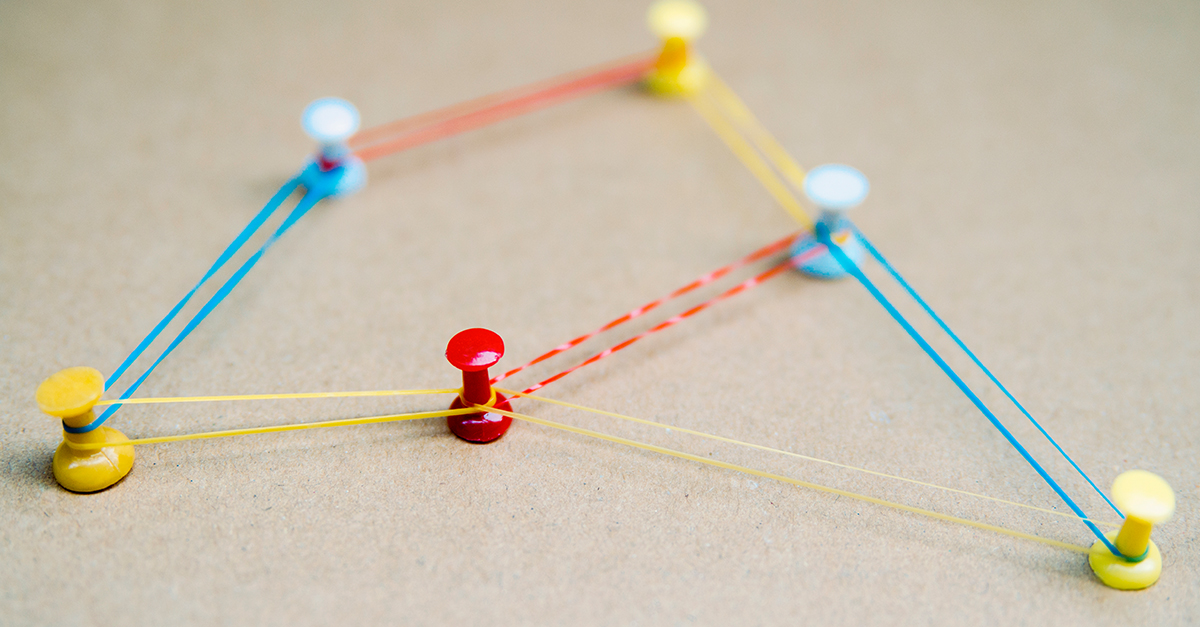Gone are the days of using a hard sales pitch and aggressive tactics to land a customer. It’s not that customers have gone soft, they’re just smarter and more informed.
Quality information is readily available, making it easier for buyers to gather information on their own. In other words, they don’t need you.
Gartner research finds that when B2B buyers are considering a purchase, they spend only 17% of that time meeting with potential suppliers. When buyers are comparing multiple suppliers, the amount of time spent with any one sales rep is only 5-6%.
This means the buyer has all the power. Instead of ramming a solution down their throat, organizations should focus on helping. The key to unlocking how and when to help is hidden inside a buyer’s journey.
A buyer’s journey details what your buyers are doing, how they’re feeling, their struggles, and what they need across five buyer stages: awareness, research, evaluation, activation, and maintenance.
Marketers may use different terms to outline the stages of a buyer’s journey, but the concept is the same. We want to understand how to help a buyer move from one stage to the next.
We lean deeper into why a buyer’s journey is important in a recent article.
FIRST WE BUILD
Just like there are different terms marketers use to describe each buyer stage, there are also countless ways to lay out your buyer’s journey. We’re going to outline how we structure buyers’ journeys at ddm.
We created a template to make this process easy. Download the template, print it out, and follow along as we guide you in the creation of your own buyer’s journey.
THEN WE OUTLINE
In our template, you’ll notice the five stages horizontally across the top and description, perspective, and activities vertically down the side. You’ll provide description, perspectives, and activities for each stage.
The “description” is a short, one-sentence note about what your prospective buyer is experiencing in each stage.
In the awareness stage, for example, the buyer may not be aware of a need or just realized they have one. Wherever they are in the process, note that in the description section of the template.
The “perspectives” section is where you put yourself in your buyer’s shoes. Detail how they’re feeling or what they might be thinking.
Perhaps they feel their current strategy isn’t working. They may feel they could be doing more, but don’t know what or how. Your buyer might know they have a need but now isn’t a good time to address it.
In the “activities” section, explain your buyer’s activities. Are they researching? Consulting with stakeholders? Downloading white papers? Emailing you for more information?
Take it a step further
Once your buyer’s journey is outlined, start developing a plan to create resources for each stage. Or take it a step further.
We recommend documenting the finer details of each stage as well. Examine the purpose of content in each stage, the marketing channels you’ll use, and any other audience considerations.
The above information will help inform specific types of content you should create and messaging you should use. Write those content types and messaging down.
Make note of the different team members or departments involved in each stage. As you move further down the journey, document the handoff process from marketing to sales.
Think about whether there are industry-specific factors you might consider. If you provide products or services for more than one industry, note the different ways they consume content or prefer to communicate.
If you find yourself struggling to understand your buyer and their needs, conduct a survey of your customers or interview them. That first-hand insight from your buyers is priceless. It means you won’t have to guess what they want—you’ll know.
Deeper understanding = more opportunities
The ultimate goal of creating a buyer’s journey is to better understand your audience. When you know what they want, how they want it, and when they want it, you have a greater chance of converting them.
But you won’t be doing it the pushy, aggressive way. Instead, your buyers will appreciate you were there when they needed you. They’ll be grateful you gave them what they needed without overwhelming them.
Keep buyers looping from activation to maintenance
You thought the maintenance stage was the end of the story, didn’t you? In the ideal scenario, buyers keep looping back around from maintenance to activation.
You do this by providing additional ways you can help. This could come in the form of an upsell, retainer partnership, or new project.
Need help building your buyer’s journey or maintaining the loop? We can help.
